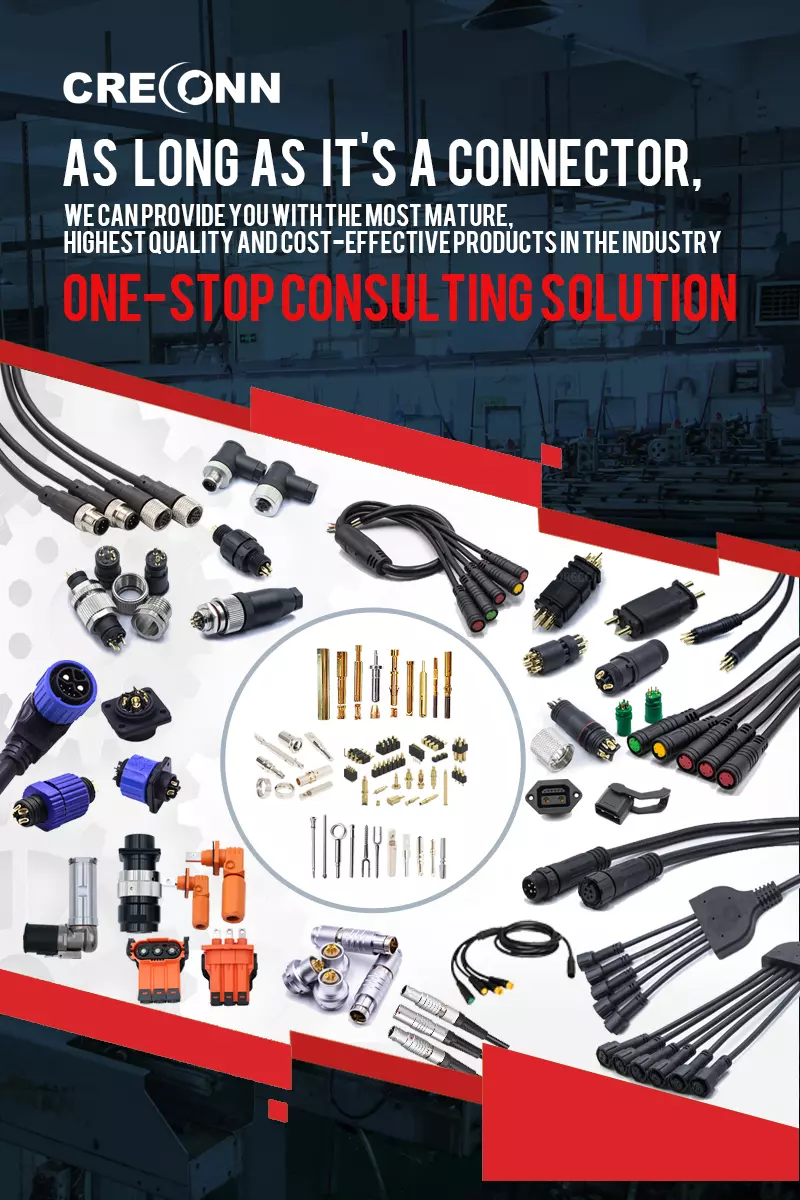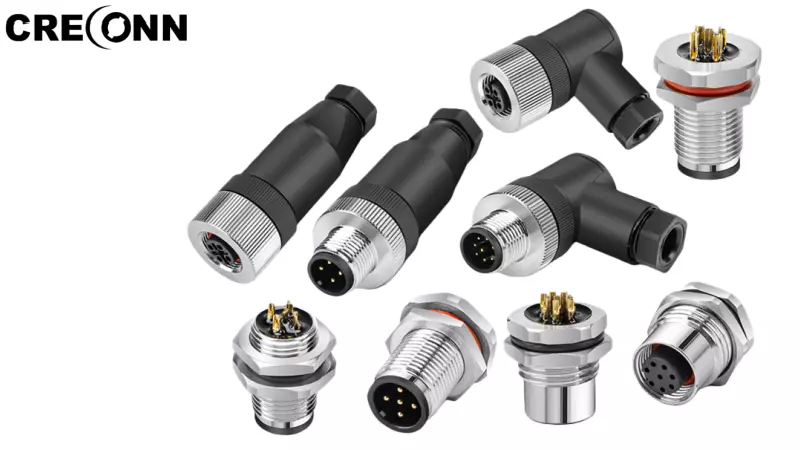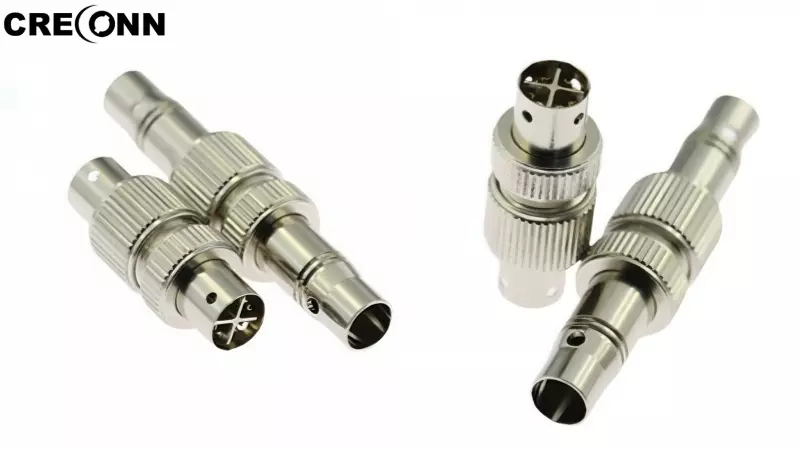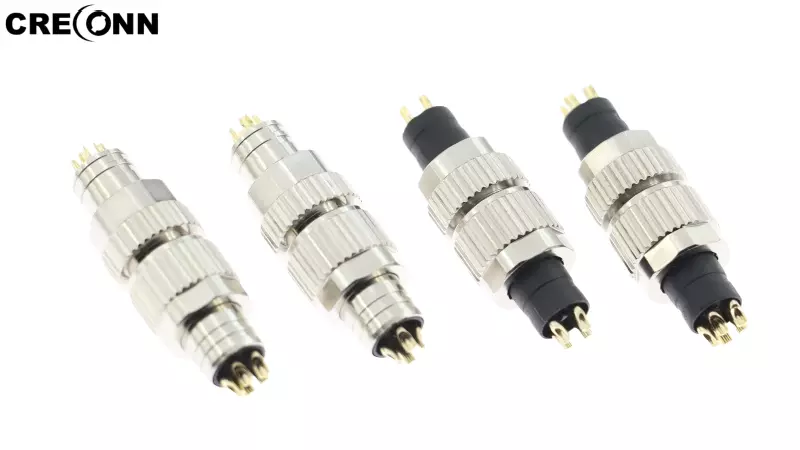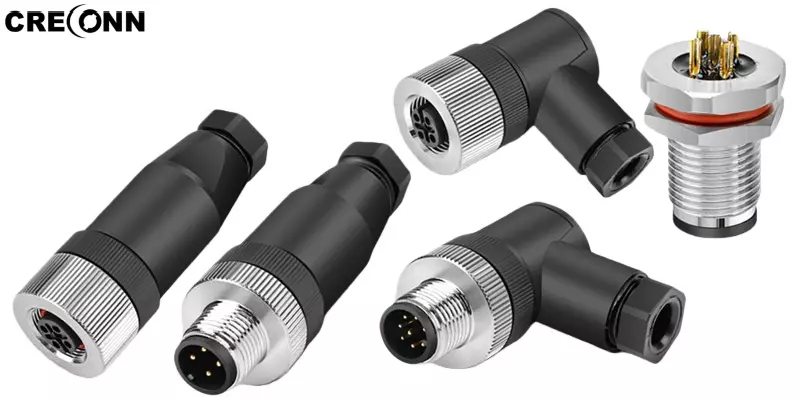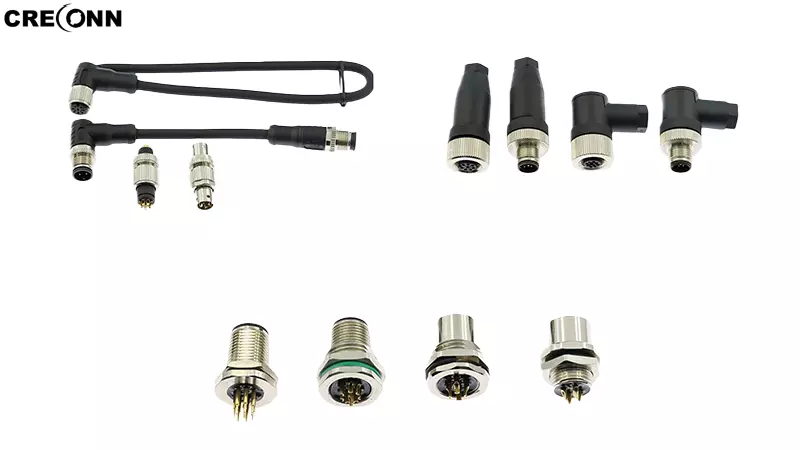Industrial Connector Selection Guide: How to Interpret Waterproof/Dustproof/Vibration Resistance Ratings
Industrial Connector Selection Guide: How to Interpret Waterproof/Dustproof/Vibration Resistance Ratings
In industrial environments, connectors may face challenges like water exposure, dust, vibration, and even chemical corrosion. Choosing the wrong model can lead to signal interruptions or even equipment damage. Today, we’ll break down three key ratings—waterproof, dustproof, and vibration resistance—in the simplest way to help you quickly identify the right industrial connector.
1. Waterproof Rating: The Second Digit in IPXX
Waterproof performance is indicated by the IP rating’s second digit (e.g., IP67, IP68):
- IPX4: Splash-proof (light rain)
- IPX7: Temporary immersion (1m depth, 30 mins)
- IPX8: Continuous submersion (depth/duration defined by manufacturer)
- IPX9K: High-pressure, high-temperature spray (e.g., car wash)
🔹 Application Examples:
Outdoor equipment (e.g., streetlights) → IP67
Deep-sea equipment → IP68 (specify depth)
2. Dustproof Rating: The First Digit in IPXX
Dust resistance is shown by the IP rating’s first digit (6 = total protection):
- IP5X: Dust-protected (limited ingress, no harm)
- IP6X: Dust-tight (no dust penetration)
🔹 Note: Chemical plants, mines, etc. require IP6X; IP5X may suffice for general factories.
3. Vibration & Shock Resistance: MIL-STD-810G Standard
Industrial equipment (e.g., robots, rail transport) often faces vibrations. Key metrics:
- Vibration test: Typically 5-2000Hz frequency tolerance
- Shock test: E.g., 50G acceleration (equivalent to 1m drop)
🔹 Selection Tips:
General factory equipment → 10G shock resistance
Vehicles/aviation → 50G+ (refer to MIL-STD-810G)
4. Other Critical Factors
- Temperature range: -40℃~125℃ (common for industrial grade)
- Chemical resistance: Oil/acid/alkali-proof (e.g., PUR cable)
- Insertion cycles: 5000+ (for frequent plugging/unplugging)
✅ Summary: 3-Step Quick Selection
1. Assess environment (water/dust/vibration) → Set IP rating
2. Evaluate intensity (vibration/shock) → Check MIL-STD
3. Verify specs (temp/chemical/lifespan) → Match requirements
Pro Tip: Outdoor→IP67 Dusty→ IP6X Automotive→ 50G+
